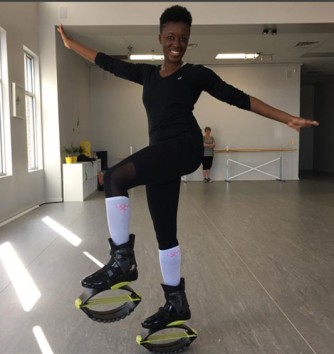Co-authored by Ken Williams & Rashida Powell
 As people celebrate St. Valentine’s Day, many will highlight their love, fascination, or obsession with a significant other. But what most people and retailers forget is self-love, which ought to be top-of-mind daily.
As people celebrate St. Valentine’s Day, many will highlight their love, fascination, or obsession with a significant other. But what most people and retailers forget is self-love, which ought to be top-of-mind daily.
If there were only greeting cards, flowers, chocolate, and getaways for those commemorating self-love, would it be reminiscent of Oscar Wilde’s A Portrait of Dorian Gray, or Narcissus from Greek Mythology? We would hope not!
We encourage you to take time out to uplift and strengthen yourself. One way to do this is to incorporate self-care and self-love into your daily routine, or at least consider what these things mean to you. The act of loving and caring for ourselves has played an important role in our Accountability Partnership as we each strive to consistently weave these elements into our ongoing routine. Self-love and self-care mean different things to different people. Below we define what they mean to us individually.
What does self-care mean to you?
Rashida: Self-care to me has a literal meaning: To take care of myself. Practicing self-care is me caring for my mind, body, and heart.
Ken: Self-care means checking in with myself throughout the day, whether at work, home, or running errands. Am I fully grounded in my core, or feeling a bit wobbly? If I’m off-kilter, how might I return or draw closer to an ideal emotional/spiritual state?
How do you apply self-care in your life?
Rashida: My self-care routine incorporates food, fitness, and general wellness practices.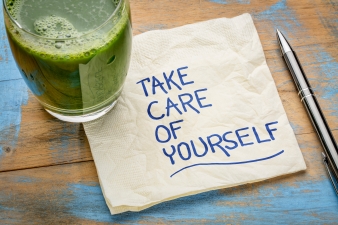
Food: I make it a priority to eat whole and healthy foods. I keep this practice fun by experimenting with new recipes and hosting friends as taste-testers. Not only does this encourage me to make healthy meals, it provides an opportunity for me to connect with loved ones. In addition, I keep a list of local restaurants that I want to try one day. Checking restaurants off that list is one of the best feelings and it plays a big role in my self-care regime.
Ken:
Food: I prefer home-cooked meals living in NYC, one of the most expensive cities in the world for dining out. I’m not much of an experimental foodie hopping from one hot spot to the next. Cooking is therapeutic for me, and I don’t allow anyone else in the kitchen when I’m doing my intuitive cooking. I have improved my daily water intake, cutting down on alcohol and sugary drinks.
Rashida:
Health: Between Zumba, yoga, hiking, spin, HIIT, or just taking the stairs instead of the elevator, I make movement a priority. My fitness goal is simple: “Just keep moving.” The simplicity of the goal makes it achievable. In addition, I keep my workout tools visible. Instead of tucking them away in a closet, room, or garage, they are in my living room where I spend a lot of time.
Ken:
Health: I’ve always been physically-active, however, in recent years I’ve had to WORK to remain vested in in-home and outdoor exercise, weather-permitting. The hardest part is scheduling time to exercise, although I’m getting better at listening to my body and working out when I need an emotional as well as physical release.
Rashida:
Nature: Being out in nature is one of my favorite things. In these moments I can think, meditate, people watch, and get centered.
Ken:
Books, Writing/Editing – I like escaping into the world of a book or toggle between two books to keep it interesting and my mind engaged. I started a habit a few years ago of alternating the author’s gender, and the country of origin, when possible. It doesn’t always work out, yet I persist.
Writing and editing have similar therapeutic value to me as cooking. Penning fiction, poetry, essays, and media reviews takes me out of myself and into other experiences, lives, and worlds.
Rashida:
Space: My living space is integral to my self-care. Not every room is where I want it to be yet, but the rooms I spend the most time in have been created with my comfort in mind. Meaningful art, vibrant colors, scented candles, and books are intentionally placed to make the space one that is conducive to my emotional well-being.
Ken:
Home is my indoor Sanctuary – New York City is a hectic, chaotic, wonderful, inspiring, and exhausting place to live. I’ve cobbled together different examples and influences from past international and/or bohemian/hippie-minded roommates, friends, colleagues, and people I’ve met over the years. I do my best to leave ‘outside’ on the subway or on the threshold of my apartment, and as I’m climbing the stairs to my apartment, I continue shaking off who and what might have tagged along for the ride during the day. I remove my shoes as soon as I step inside the entry hallway as not to track any outside physical, spiritual, or energetic residue throughout my apartment. No shoes are allowed beyond the hallway. I once asked the cable guy not to trek his work boots through my apartment and he complied. He returned to his truck and returned with a pair of those blue surgical slip-ons.
Rashida:
Artist’s Dates: The Artist Date is a weekly, festive, solo expedition to explore things that interest me. They activate my imagination and encourage me to play and bring out my inner-child. Museums, sip & paints, the circus, cultural events, food festivals, and the movies have all been part of my Artist Date rotations. Whenever possible, I incorporate my other self-care tactics (like food, health, and nature) into these fun solo dates.
Ken:
DIY Skincare Products and Essential Oils: I make my own skincare products using natural, organic, and household ingredients infused with essential oils. I enjoy experimenting and testing various products. Essential oils, incense, and candles are an integral part of my daily and weekly life.
What does self-love mean to you?
Rashida: Self-love is accepting, embracing, leveraging, and loving every part of myself, from the physical aspects of my natural look to my internal characteristics. Self-love is being at peace with myself, the life I’ve lived, and what may come down-the line.
It means being patient with myself. I’m not perfect, nor will I ever be. So, patience with myself as I go through the ebbs and flows of life is essential. Here are some specific ways that I demonstrate self-love in my life:
- Eliminate negative self-talk: When my thoughts start to get negative I nip them in the bud and focus on more positive, productive thoughts.
- Don’t take anything personally: People will always have an opinion about you. Sometimes their critique is constructive, but all too often it is not. I’ve learned not to take anything people do or say personally. The truth is, their thoughts are rarely ever about you.
- Self-awareness: I’m on a constant journey to learn more about myself because the more we know ourselves, the more we love ourselves. And, if we know ourselves well it gets hard for us to allow others to dim our light.
- Healthy habits: Though this falls in the self-care category it’s also about self-love. When you love a thing, you do what you have to do to keep it healthy. So, I’m mindful about what I consume – be it food, entertainment, conversation, etc. – because these things can have a major impact on the quality of my life.
Ken:
Self-love originates from within my core and has to be maintained for internal and external fulfillment. Self-love can fluctuate based on emotions, temperament, time of day, and if I allow outside factors to whittle their way inside my head.
Here are some specific ways that I demonstrate self-love in my life:
- Daily Morning Pages: It’s been at least fifteen years that I’ve written Morning Pages based on the Artist’s Way by Julia Cameron. Some days are better than others, as with life in general. I love mornings when words pour from head to the pen and page and I can’t seemingly keep pace. Those occasions typically happen when I’ve ruminated over temporary obstacles and the universe, my ancestors, and four spiritual guides help me get out of my way and transcribe the solutions. Morning Pages stand in place of my granny’s wisdom, a best friend, and a therapist. I wouldn’t be who I am and where I am in life without my daily habit.
- Meditation & Hot Baths: I am in the early stages of practicing guided and unguided meditation with a few smartphone apps based on instructors’ voice, content, and session time. I make my homemade bath salts and schedule at least three baths with candles weekly.
- Media & Entertainment: I alternate between broadcast, cable, and streaming shows, documentaries, movies, and series to unwind, learn, and be inspired. I don’t identify with everything I watch, however, there are usually kernels of truth when I look closely.
We’d love to hear from you all in the comments below! What does self-care and self-love mean to you?

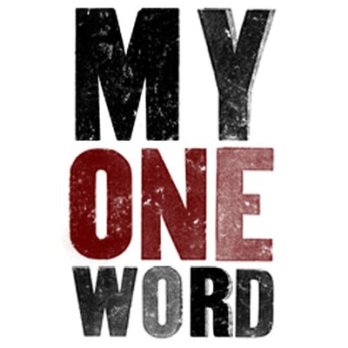
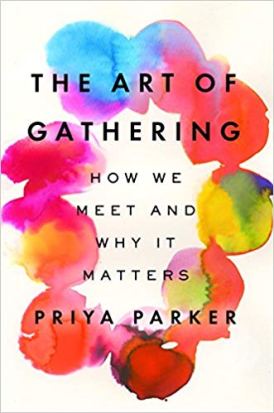 This holiday season, will you extend an invitation you don’t really want to extend for the sake of being “nice?”
This holiday season, will you extend an invitation you don’t really want to extend for the sake of being “nice?” My Accountability Partner (AP)
My Accountability Partner (AP) 
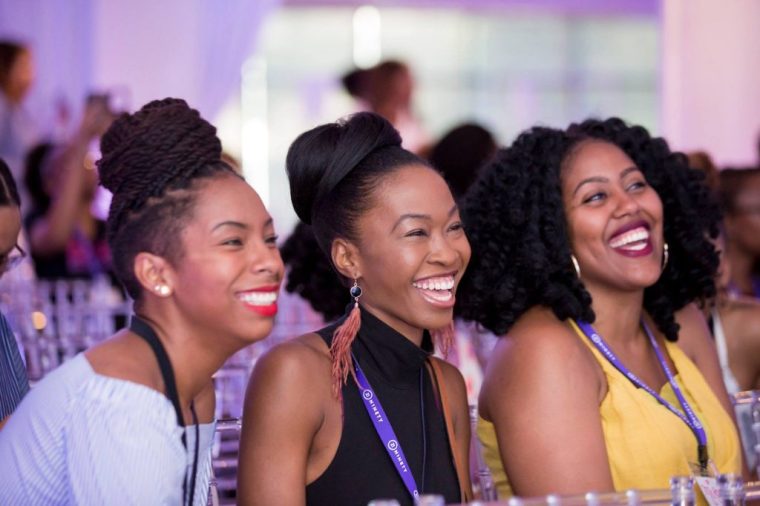

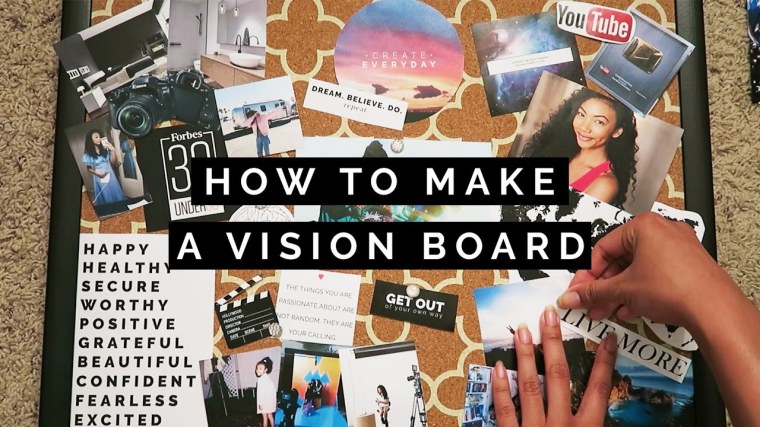
 Life is not a sitcom.
Life is not a sitcom.